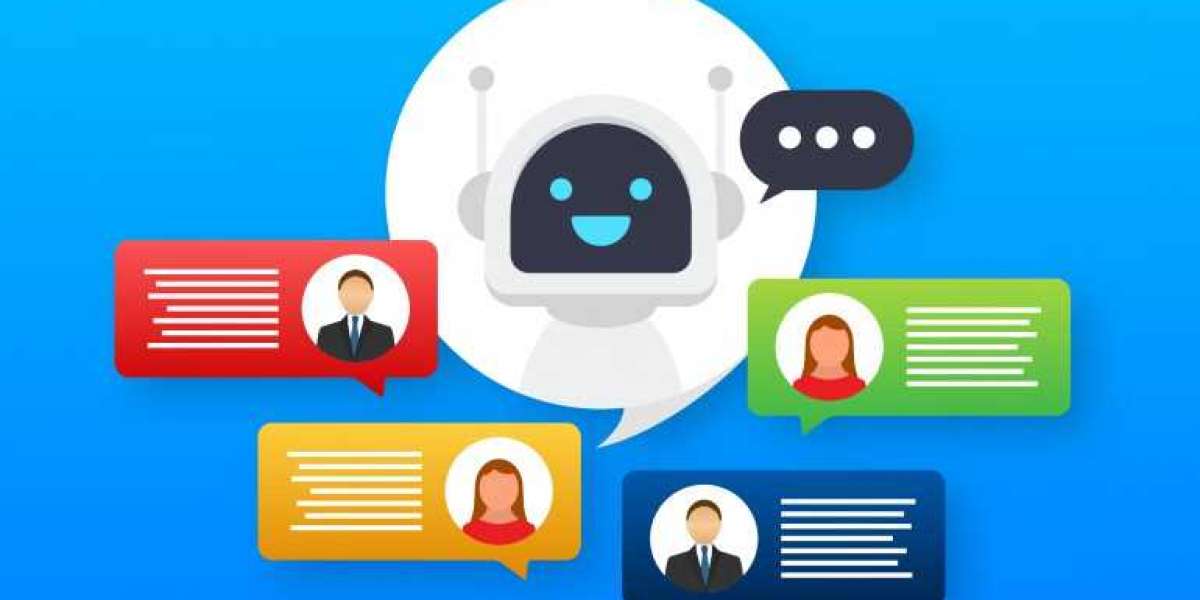A customer care chatbot is an AI-driven tool designed to assist customers by providing instant responses to their queries, guiding them through processes, and improving their overall experience with a Customer Care Chatbot business. An effective chatbot can handle a range of customer service tasks, from answering frequently asked questions to resolving issues and providing recommendations.
Here’s a comprehensive guide to creating an effective customer care chatbot:
- Define the Objectives
Understand the Goals:
- Customer Support: Address common customer queries and issues.
- Lead Generation: Collect information and qualify leads.
- Sales Assistance: Help customers find products or services and facilitate purchases.
- Feedback Collection: Gather customer feedback and suggestions.
Identify Key Use Cases:
- FAQs and troubleshooting
- Product or service recommendations
- Order tracking and updates
- Appointment scheduling
- Basic technical support
- Choose the Right Technology
Platform Selection:
- Messaging Apps: Integrate with platforms like Facebook Messenger, WhatsApp, or Slack for widespread accessibility.
- Website Integration: Embed the chatbot directly on your website for immediate customer support.
Bot Development Tools:
- Chatbot Builders: Platforms like Chatfuel, ManyChat, and Tars offer user-friendly interfaces for building chatbots without coding.
- Custom Development: For more complex requirements, consider using frameworks like Dialogflow, Microsoft Bot Framework, or Rasa, which require more technical expertise.
AI and NLP:
- Natural Language Processing (NLP): Ensure the chatbot can understand and process human language accurately. Tools like Google’s Dialogflow, IBM Watson, and Microsoft LUIS are popular options.
- Machine Learning: Implement machine learning algorithms to improve the chatbot’s responses over time based on interactions and feedback.
- Design the Conversation Flow
Script Writing:
- Greeting and Introduction: Start with a friendly greeting and a brief introduction of the chatbot’s capabilities.
- Main Tasks and Queries: Define key tasks and common queries the chatbot will handle. Create scripts for these scenarios, ensuring they are clear and helpful.
- Fallback Responses: Prepare responses for situations where the chatbot cannot understand or handle a query. These should guide the user on how to reach a human agent if needed.
User Journey Mapping:
- Customer Pathways: Map out the different paths a conversation might take, including potential user queries and the chatbot’s responses.
- Branching Scenarios: Design decision trees for various scenarios to ensure the chatbot provides relevant information and assistance.
- Personalize the Experience
User Data Integration:
- Personalization: Use data such as customer names, purchase history, or browsing behavior to tailor responses and recommendations.
- Context Awareness: Implement context-aware features that allow the chatbot to remember previous interactions or preferences within a session.
Conversational Tone and Style:
- Brand Voice: Ensure the chatbot’s tone and style align with your brand’s voice and values. This helps in creating a consistent customer experience.
- Adaptability: Adjust the chatbot’s tone based on the nature of the query (e.g., formal for account issues, casual for product inquiries).
- Implement and Test
Beta Testing:
- Internal Testing: Run tests within your organization to identify any issues and refine responses.
- User Testing: Conduct beta tests with a select group of real users to gather feedback and make improvements.
Continuous Improvement:
- Monitor Interactions: Regularly review chatbot interactions to identify areas for improvement.
- Update Scripts: Revise and update chatbot scripts based on user feedback and changing business needs.
- Integrate with Other Systems
CRM Integration:
- Customer Relationship Management (CRM): Integrate with CRM systems to access customer data and provide personalized support.
- Ticketing Systems: Connect with helpdesk or ticketing systems to escalate complex issues to human agents when needed.
Analytics and Reporting:
- Performance Metrics: Track key performance indicators (KPIs) such as response time, user satisfaction, and resolution rates.
- Insights: Use analytics to gain insights into customer behavior and chatbot performance, and adjust strategies accordingly.
- Ensure Compliance and Security
Data Privacy:
- Compliance: Adhere to regulations such as GDPR, CCPA, or other relevant data protection laws.
- Secure Data Handling: Ensure that any data collected by the chatbot is stored securely and used responsibly.
User Consent:
- Transparency: Inform users about data collection and usage practices.
- Opt-In/Opt-Out Options: Provide options for users to consent to data collection or opt out if they prefer not to share information.
- Train and Maintain
Ongoing Training:
- Updates: Regularly update the chatbot’s knowledge base to reflect new information, products, or services.
- Training Data: Use new interaction data to train and refine the chatbot’s NLP models.
Maintenance:
- Bug Fixes: Address any technical issues promptly to ensure smooth operation.
- Feature Enhancements: Continuously improve and add new features based on user needs and technological advancements.
- Promote and Educate
User Awareness:
- Announcements: Promote the chatbot through your website, email newsletters, and social media to increase user engagement.
- Guides and Tutorials: Provide users with information on how to interact with the chatbot and what they can expect.
Feedback Loop:
- Surveys: Collect user feedback through surveys or feedback prompts to understand user satisfaction and areas for improvement.
- Adjustments: Make necessary adjustments based on feedback to enhance the chatbot’s effectiveness.
Conclusion
Creating an effective customer care chatbot involves careful planning, design, and ongoing maintenance. By defining clear objectives, choosing the right technology, and continuously improving the chatbot based on user feedback, you can provide a valuable tool that enhances customer support and engagement. A well-designed chatbot not only streamlines customer service but also contributes to a positive brand experience.








